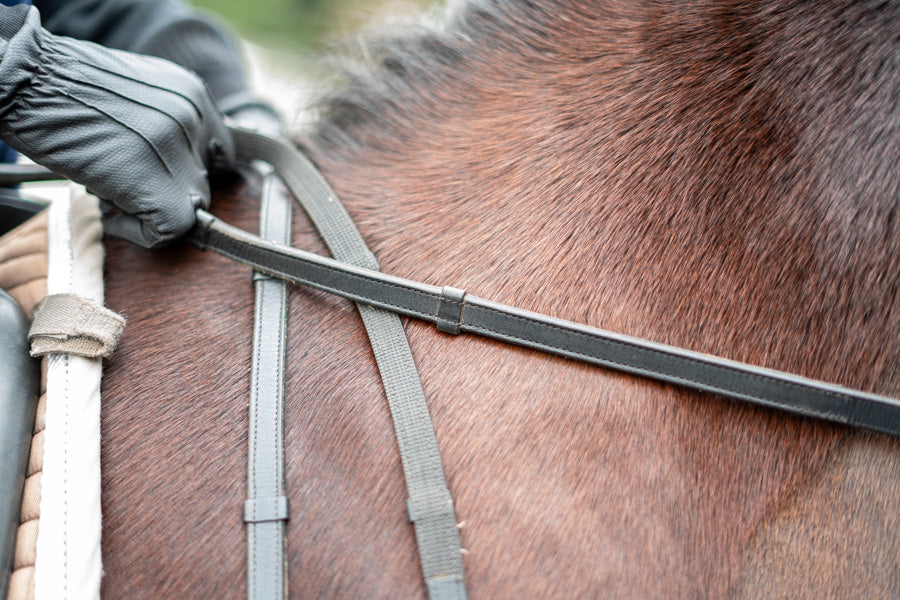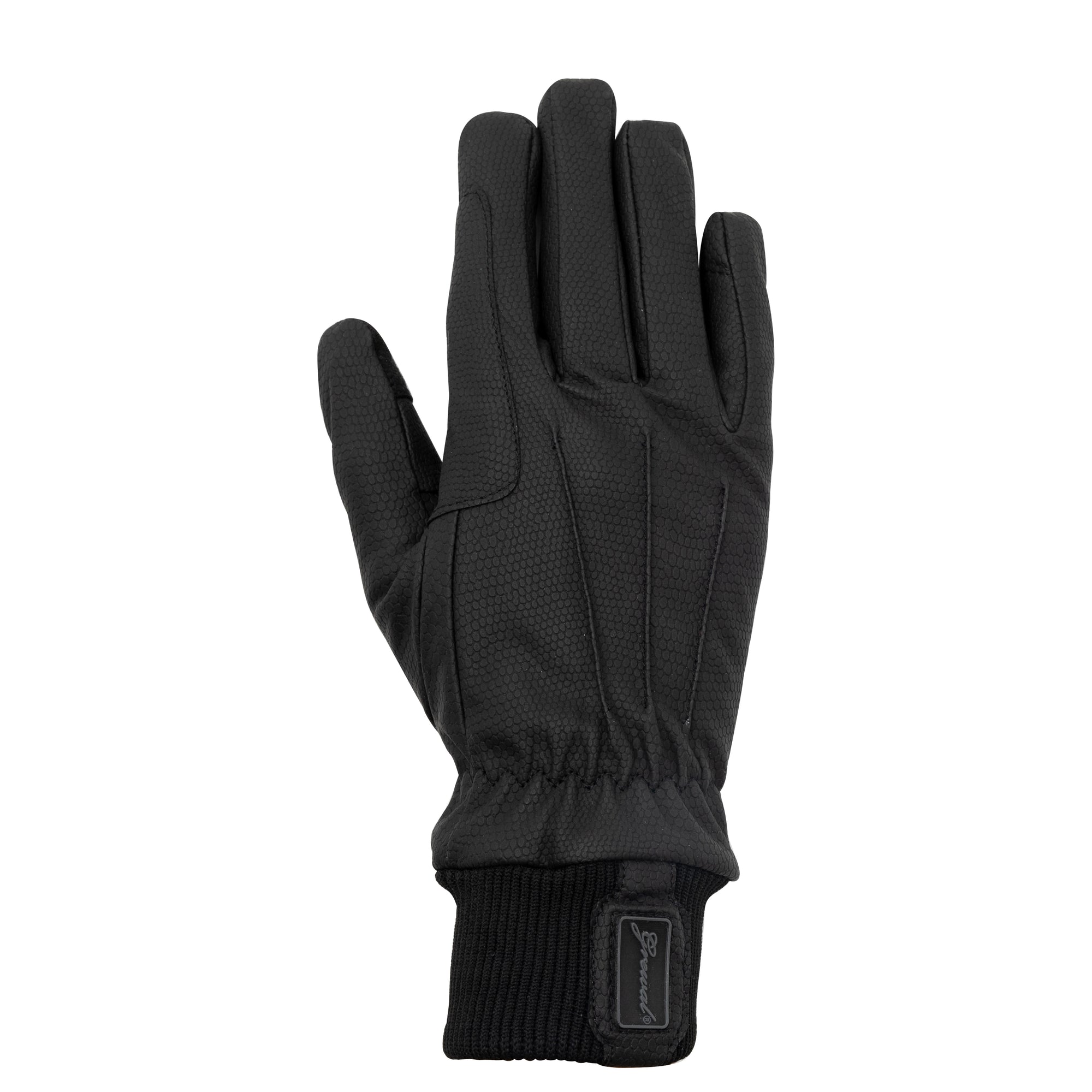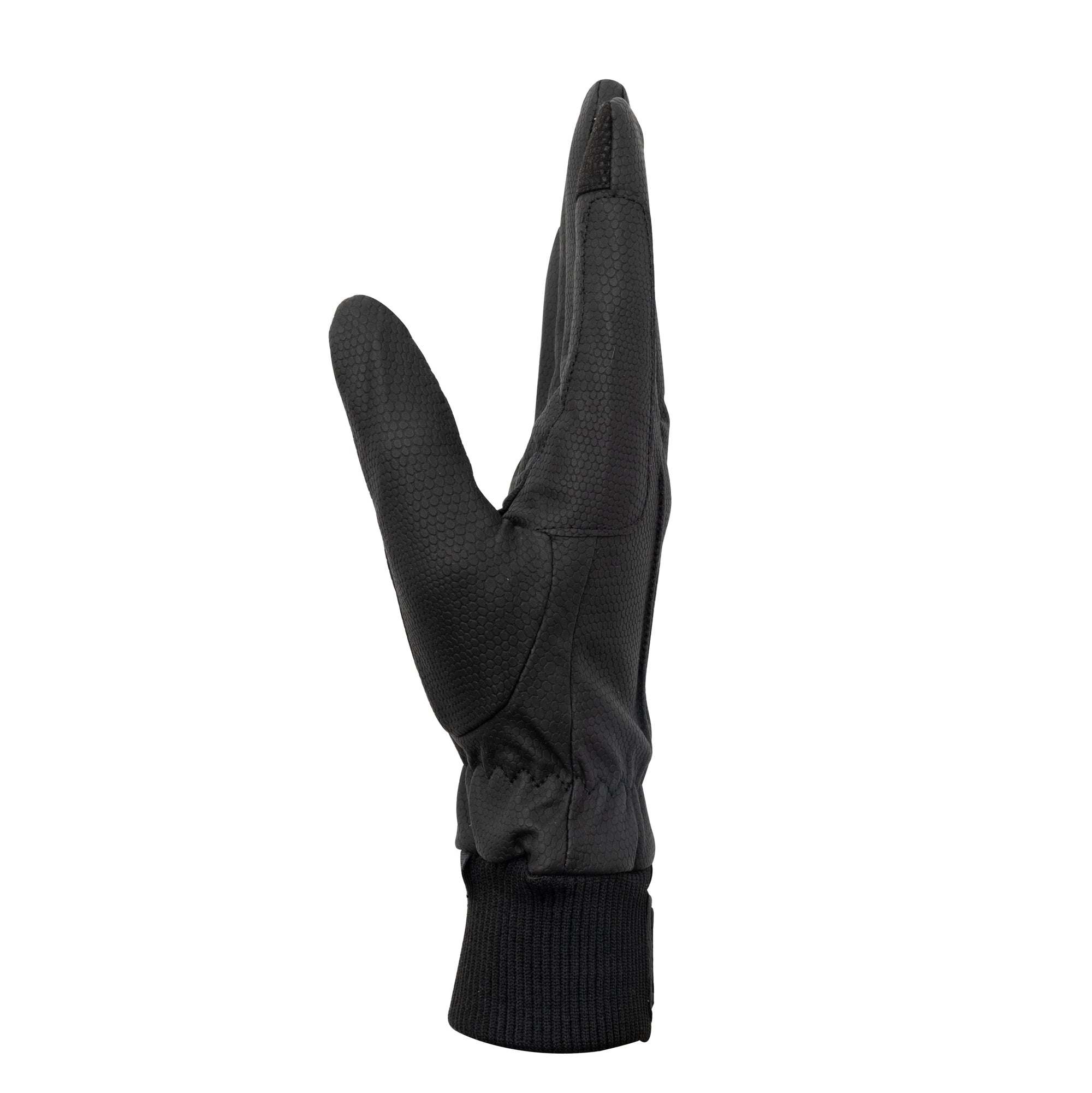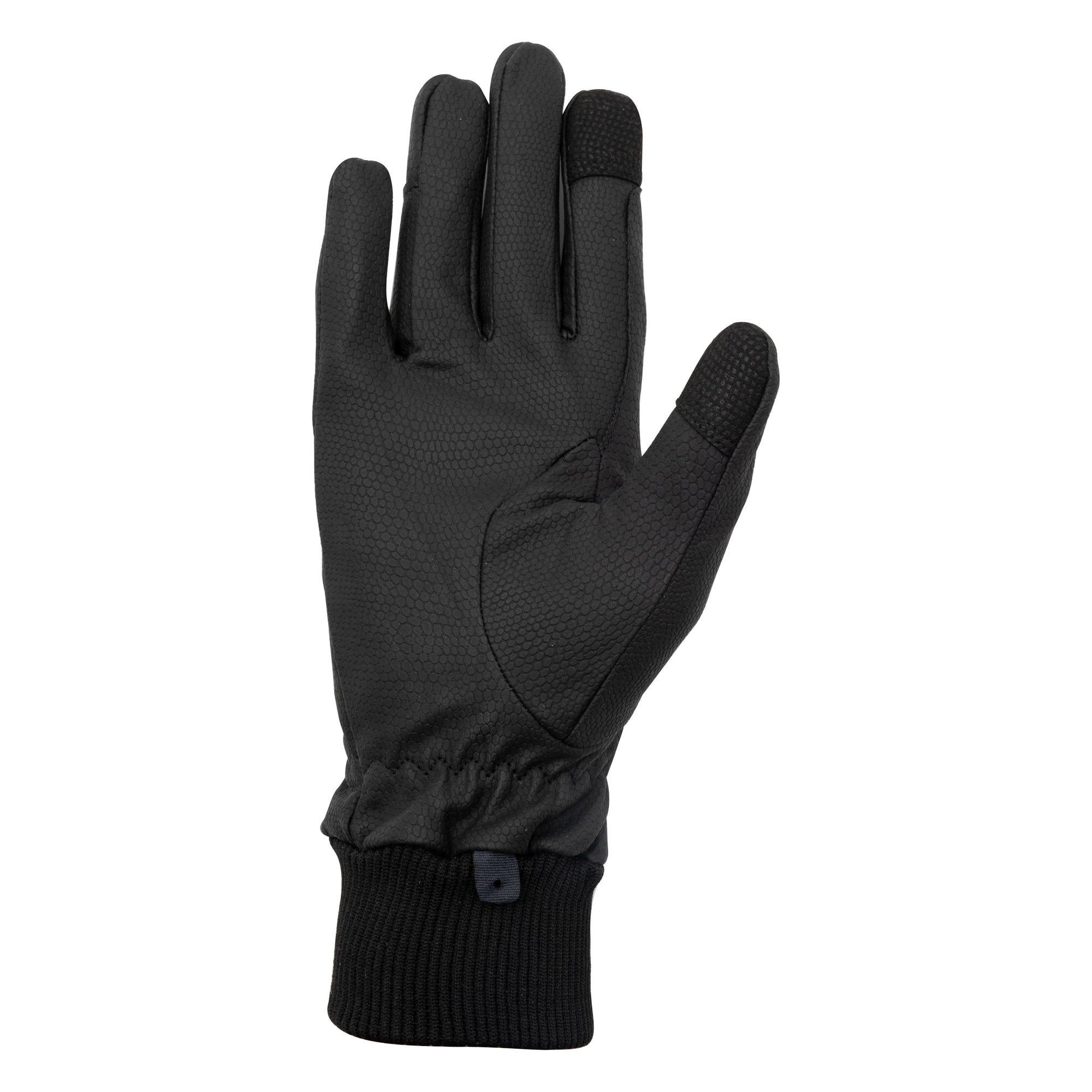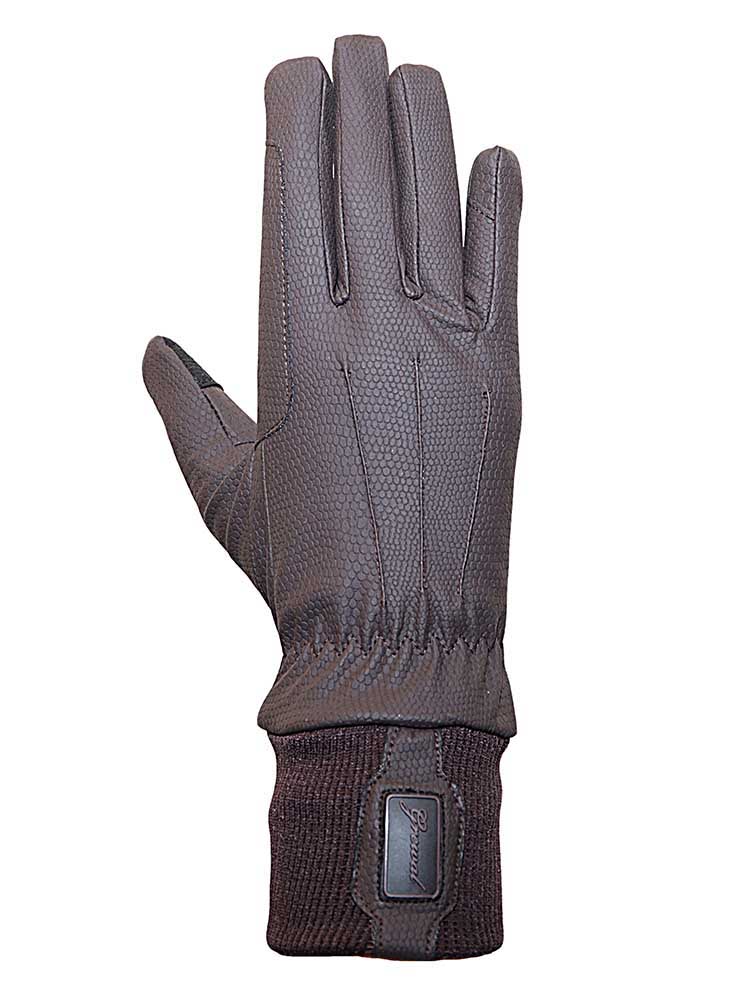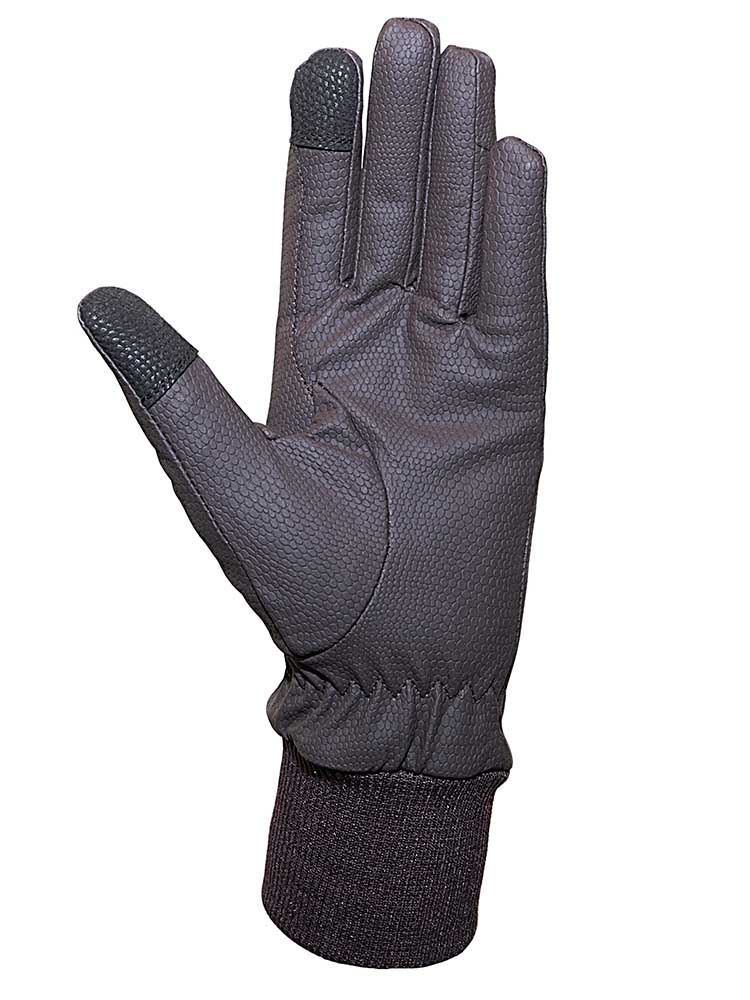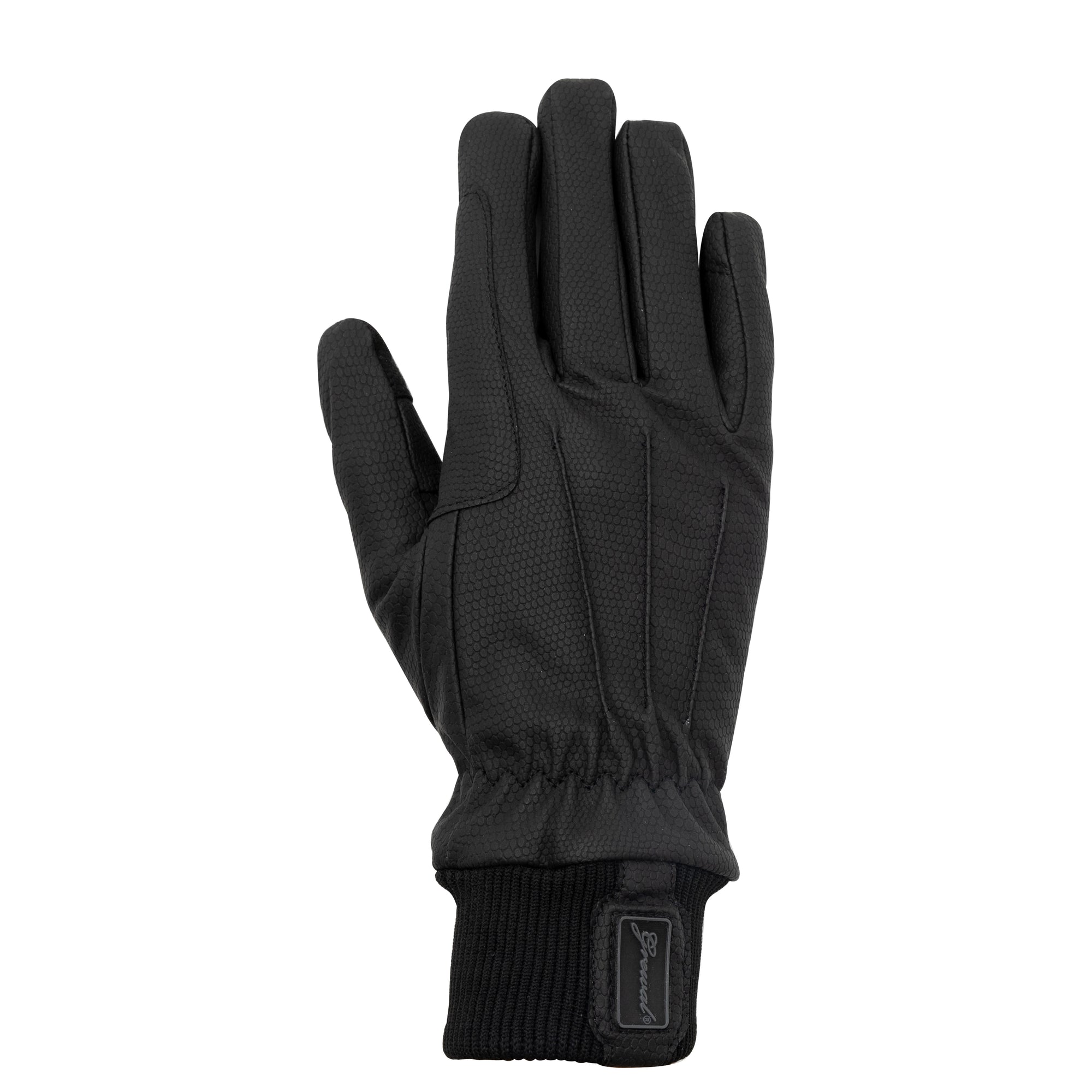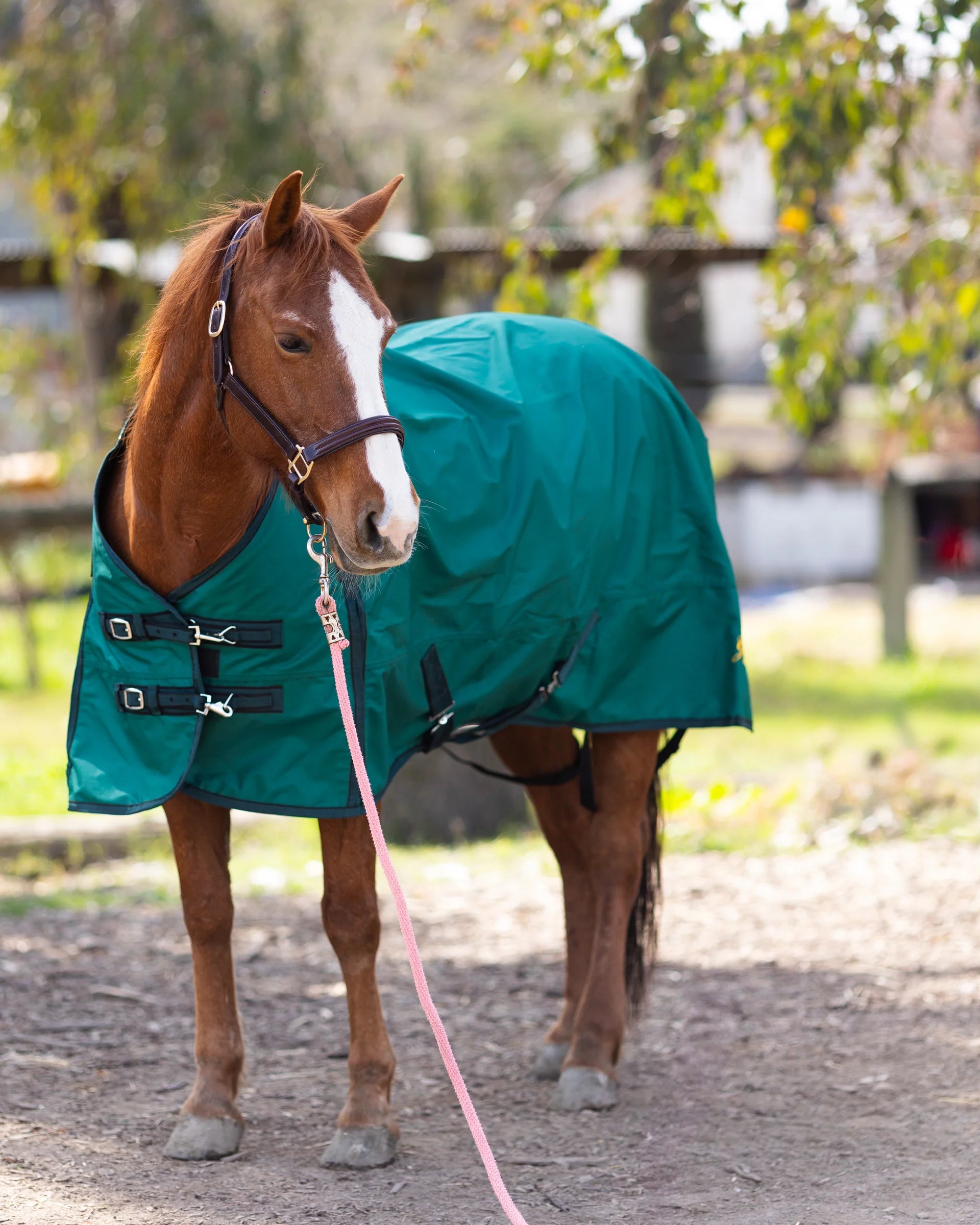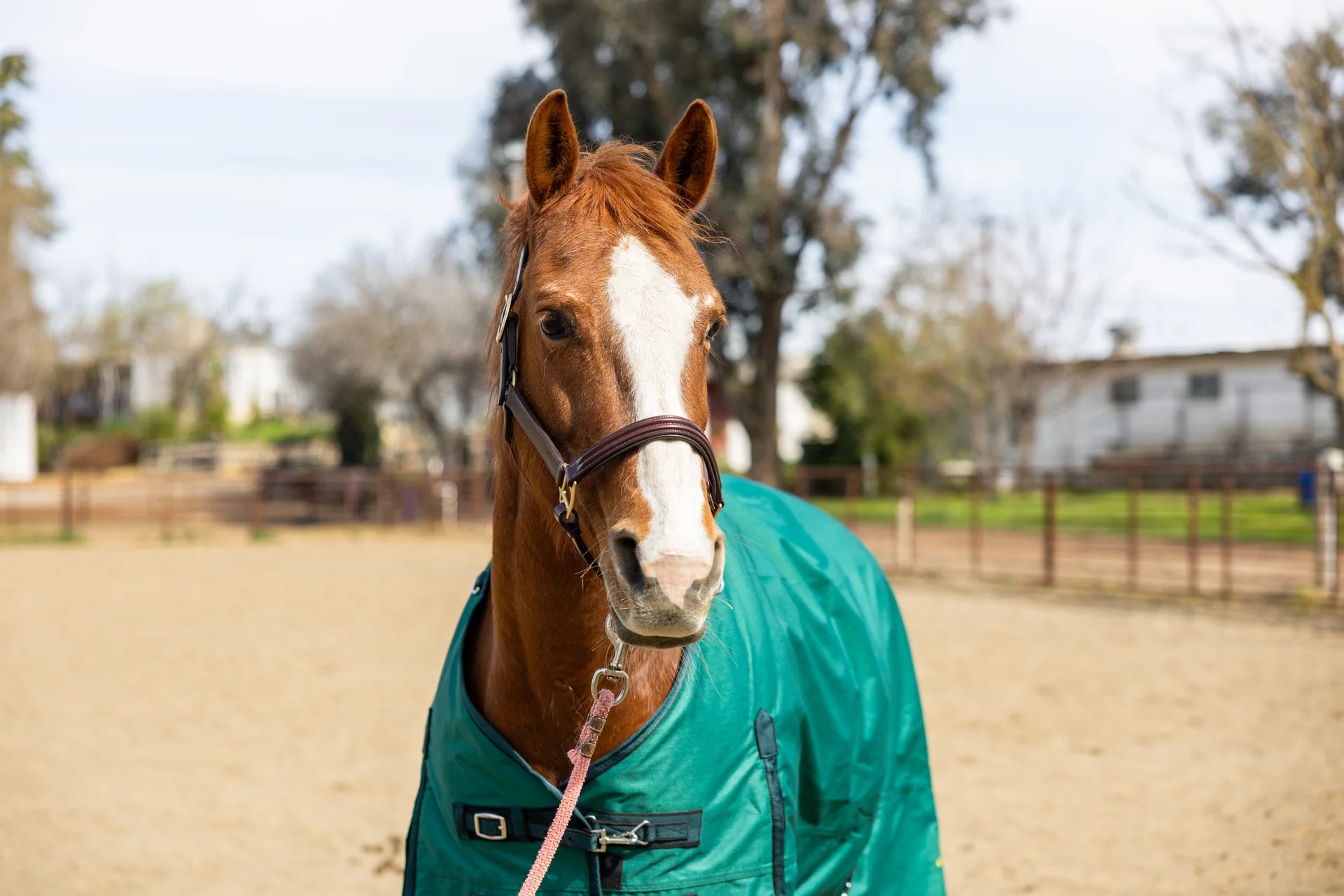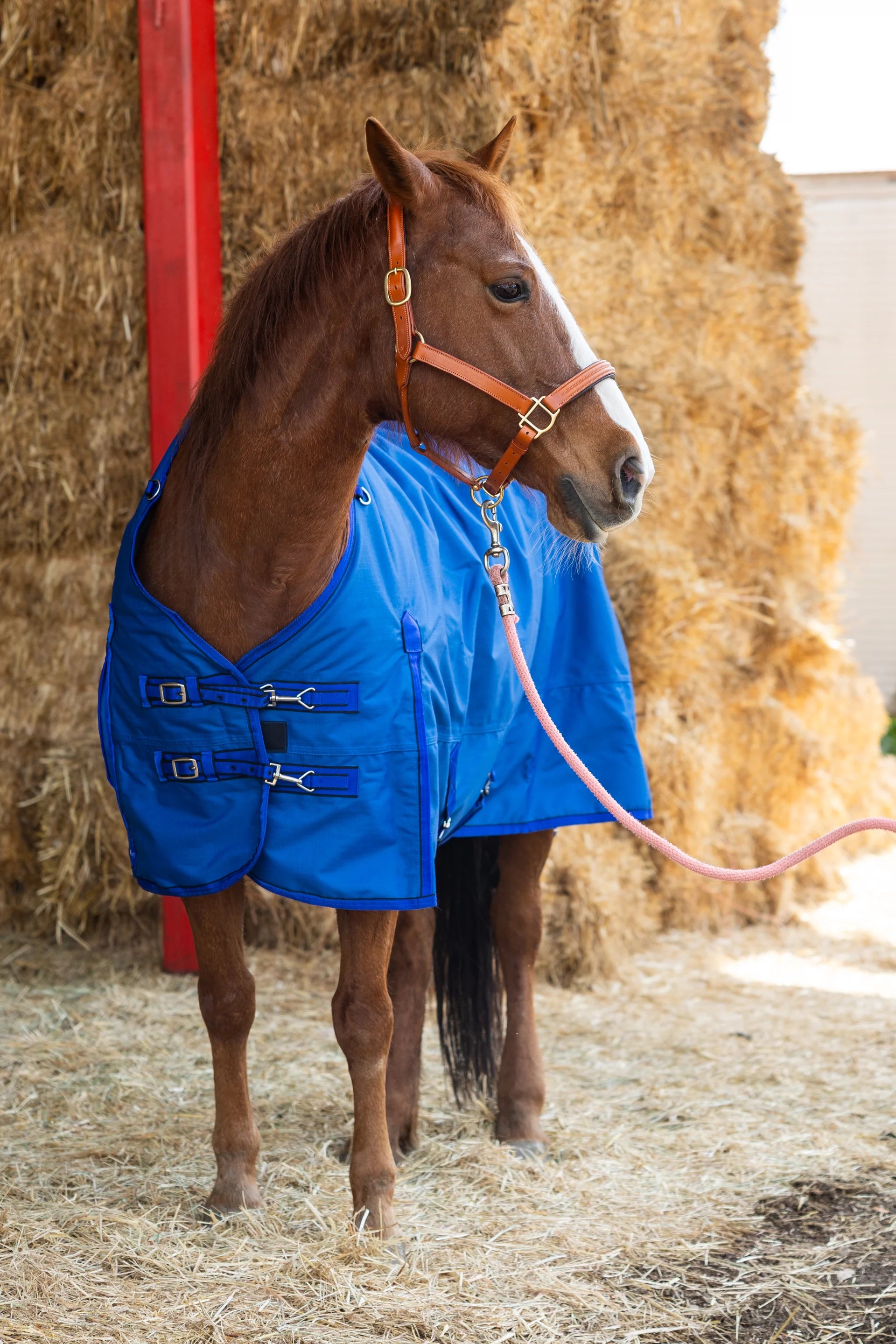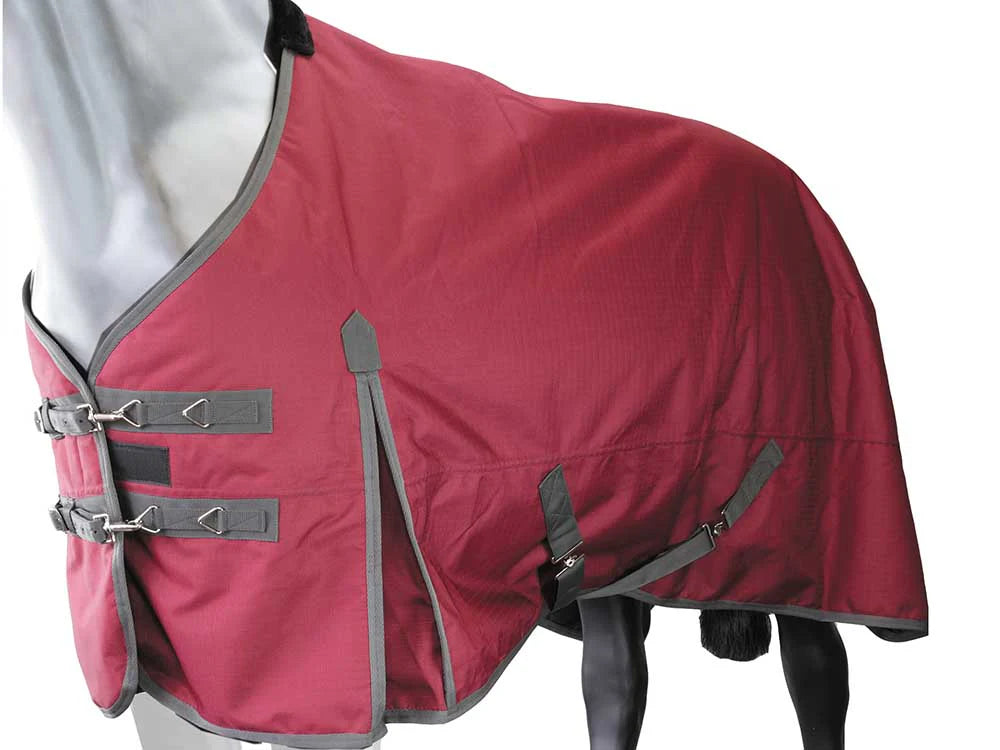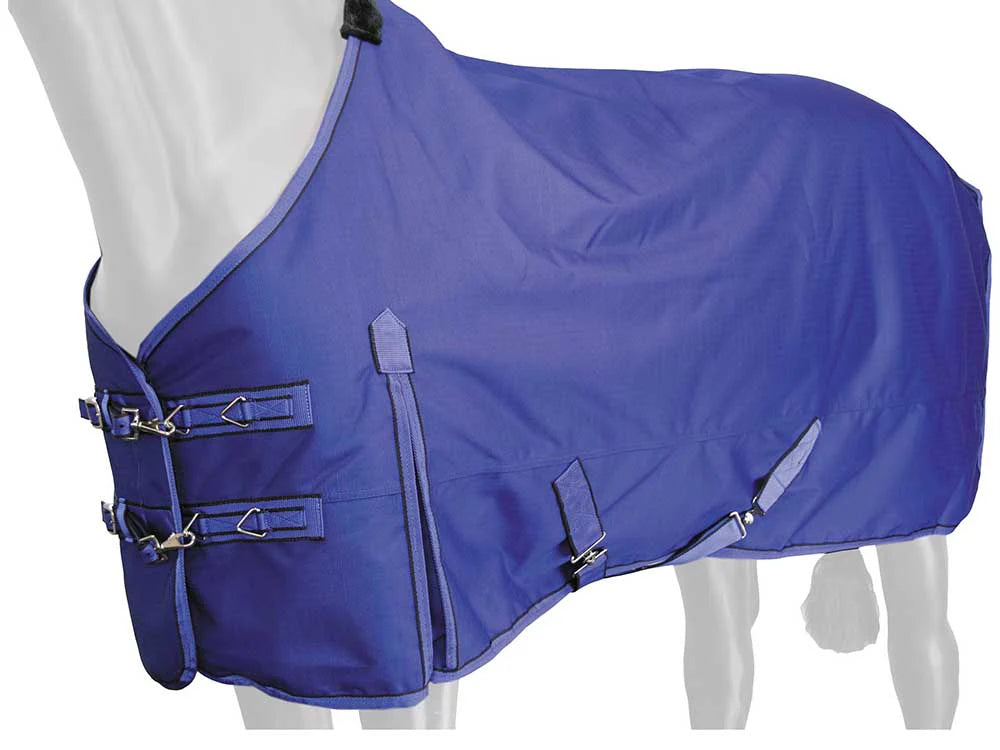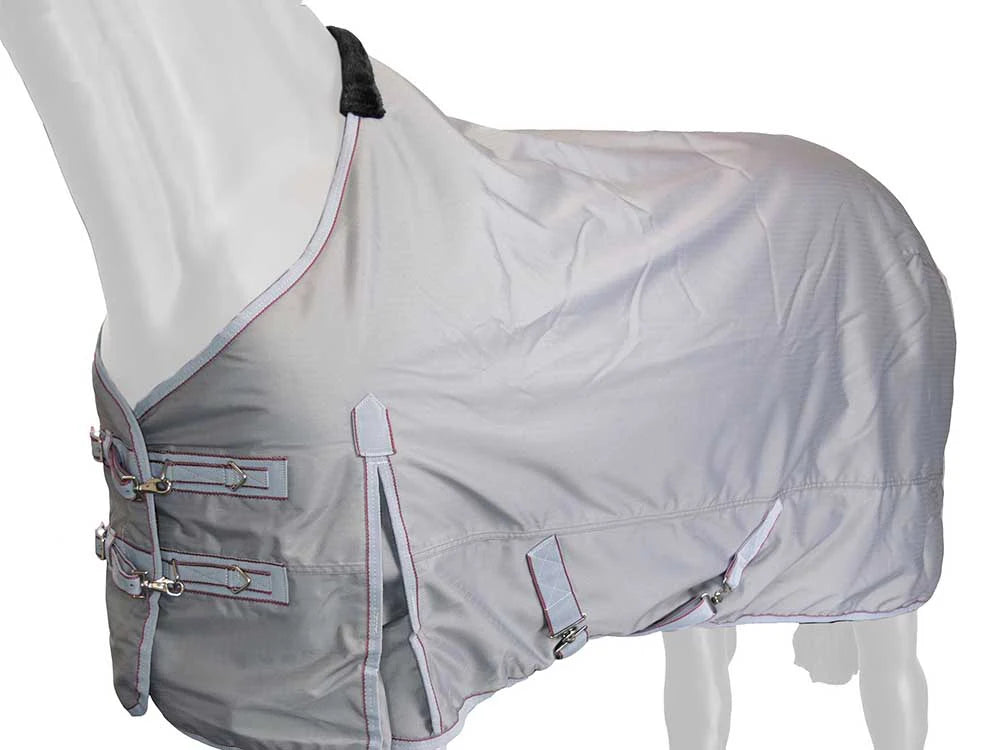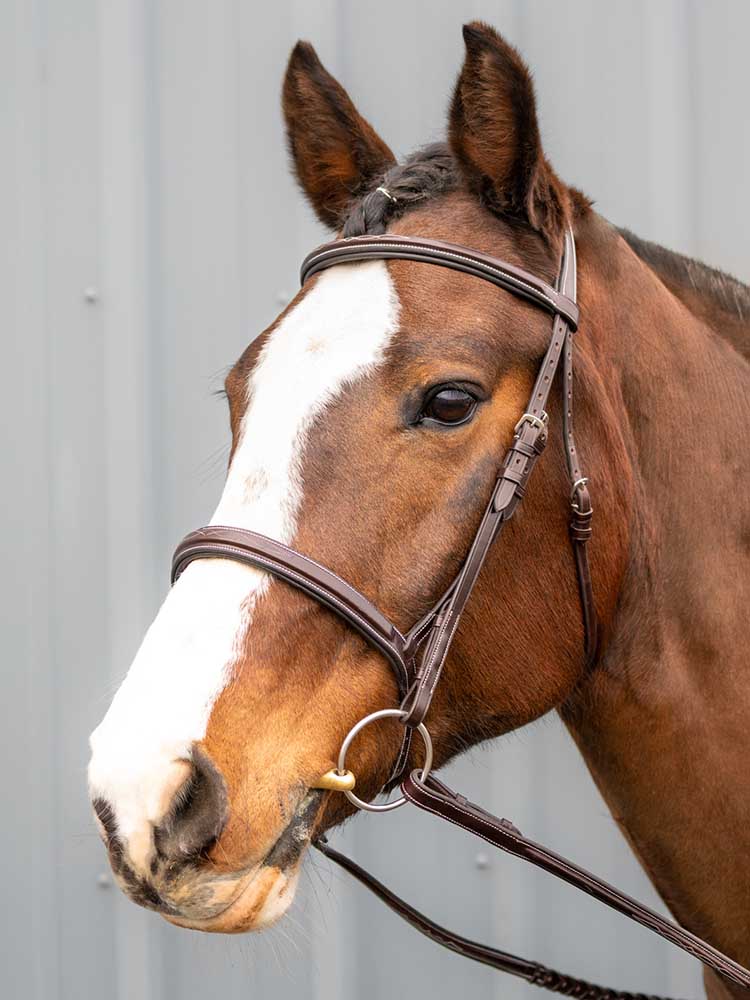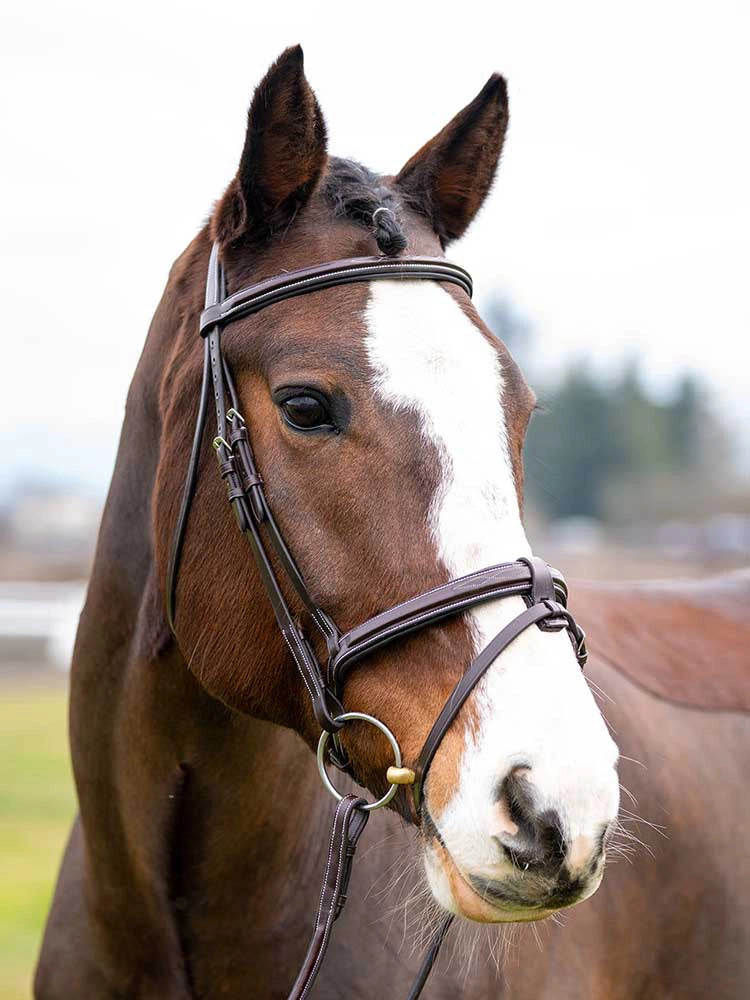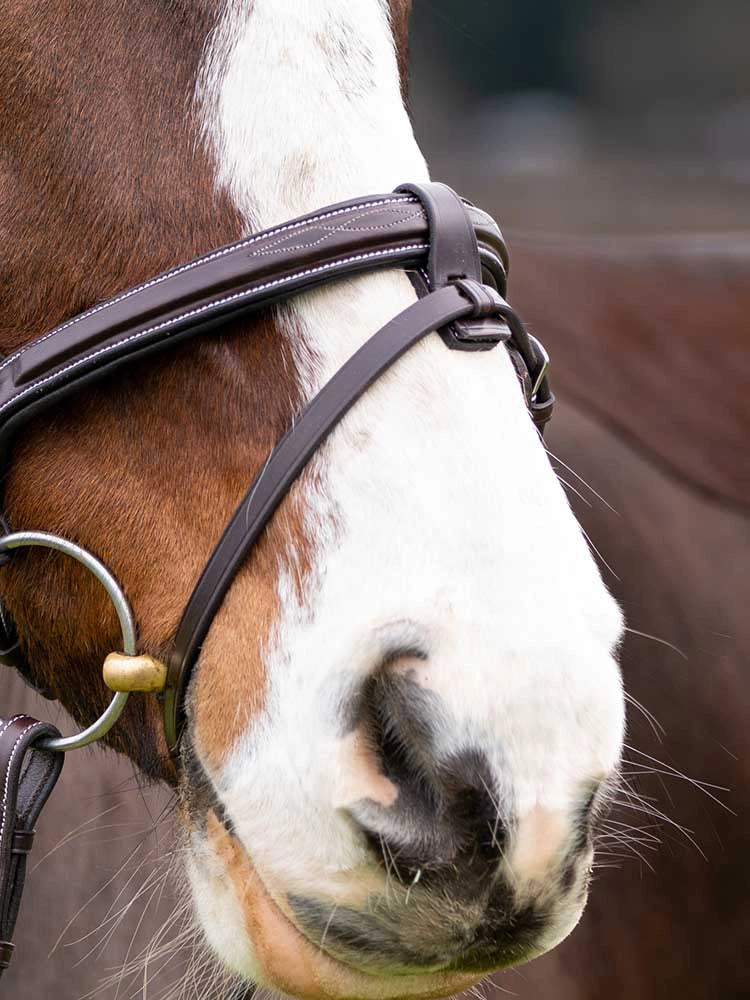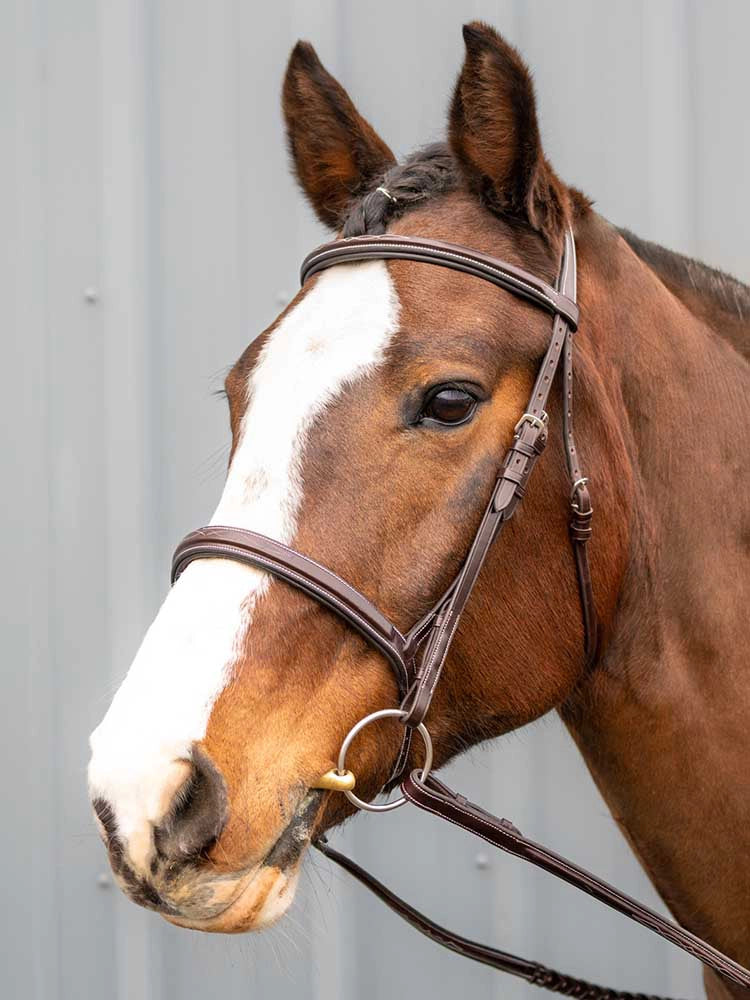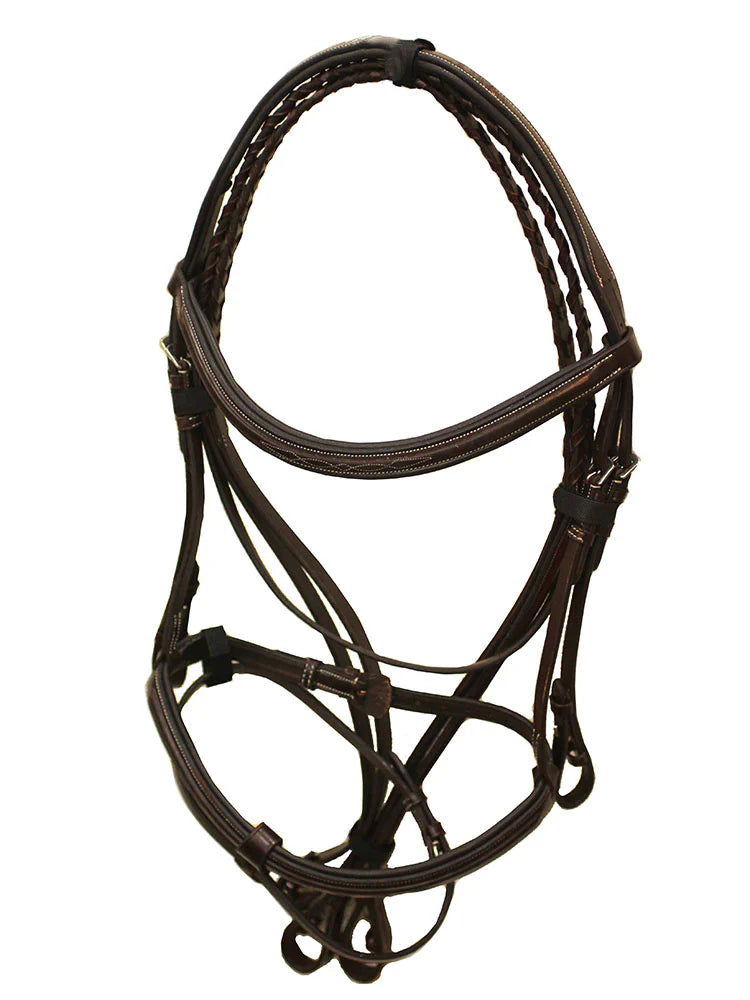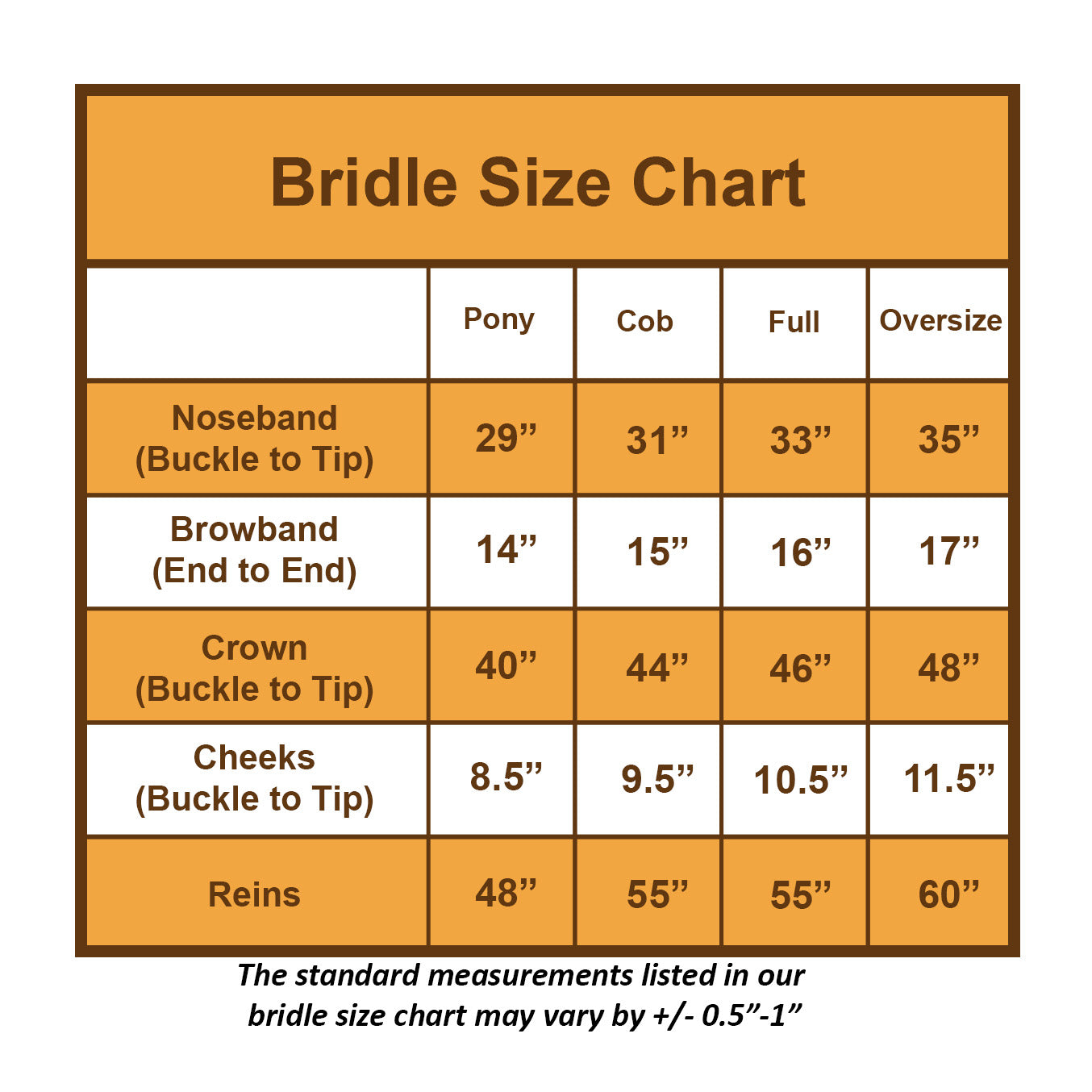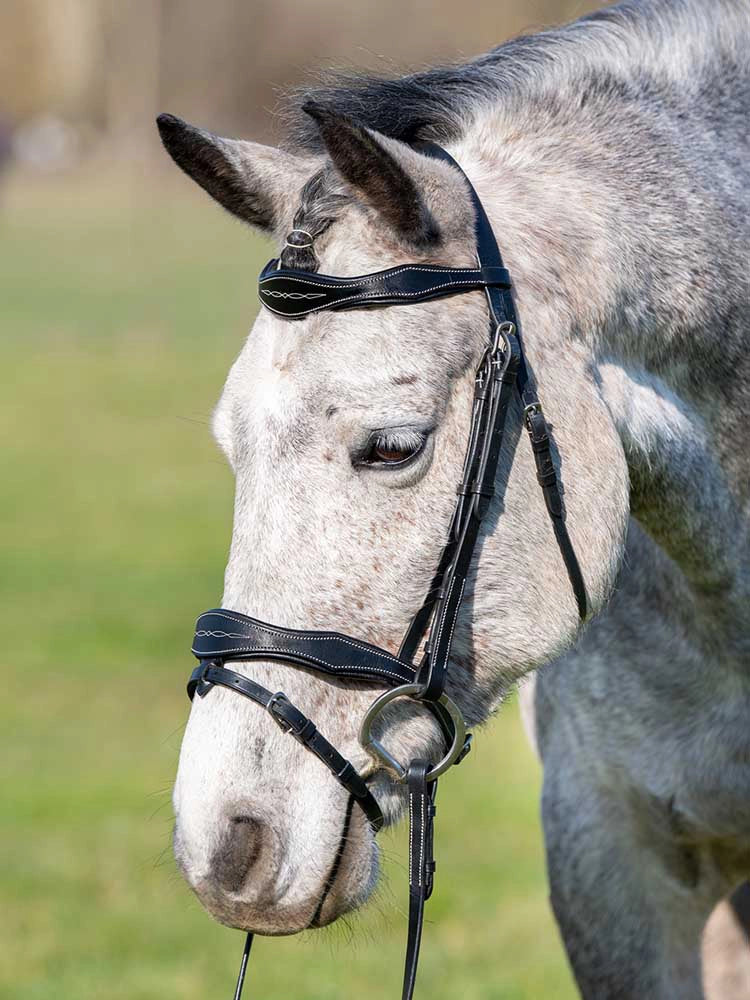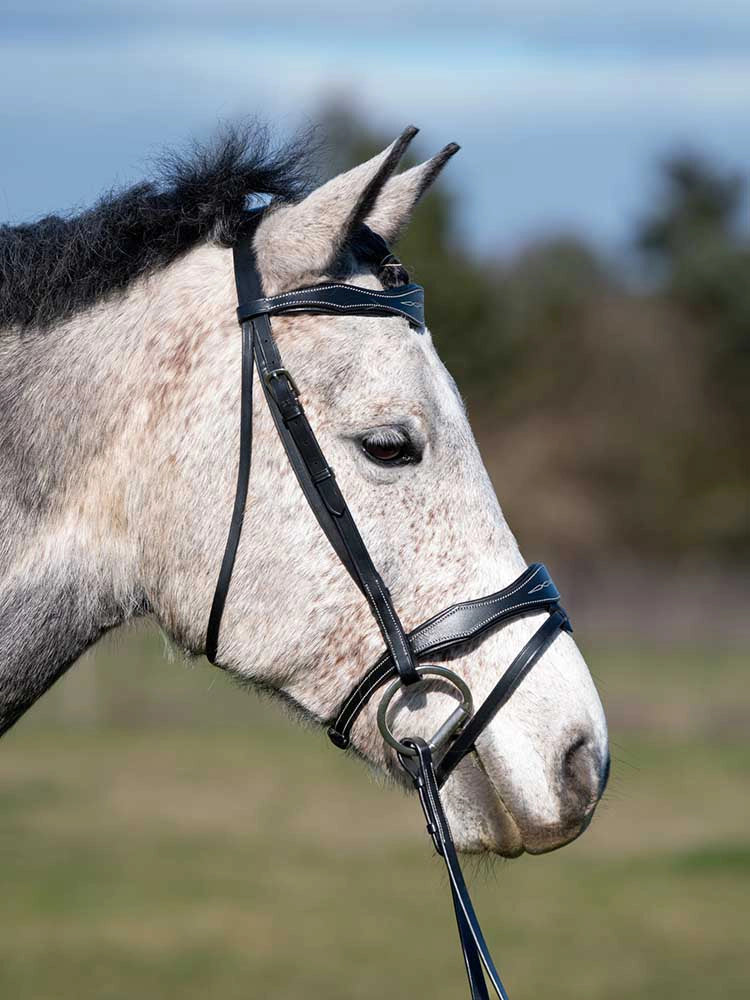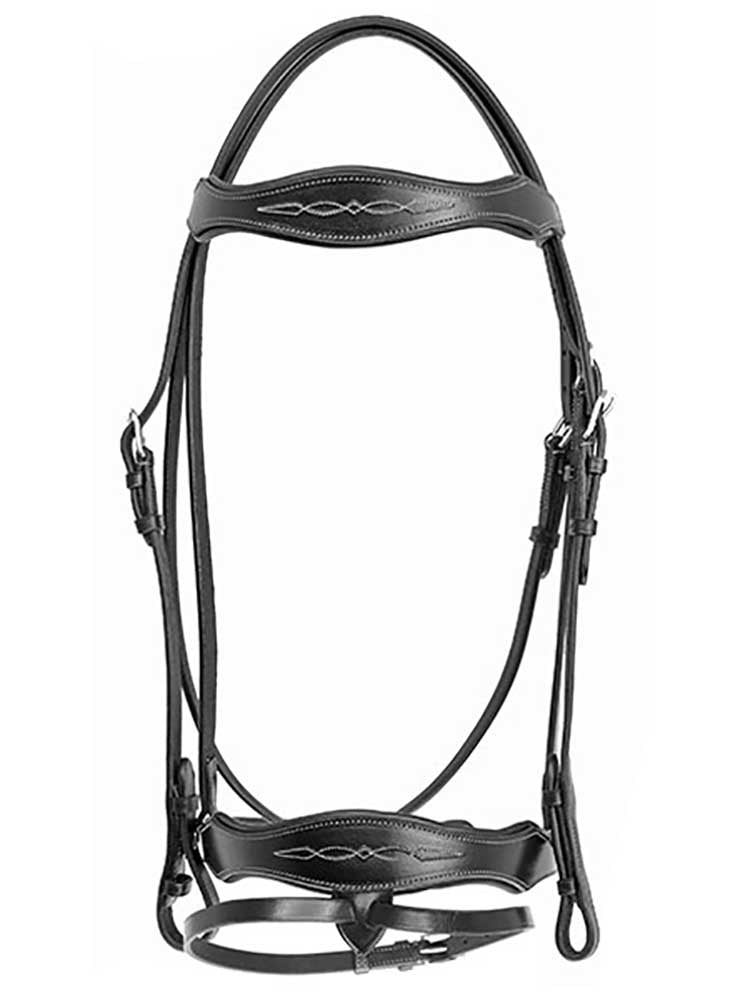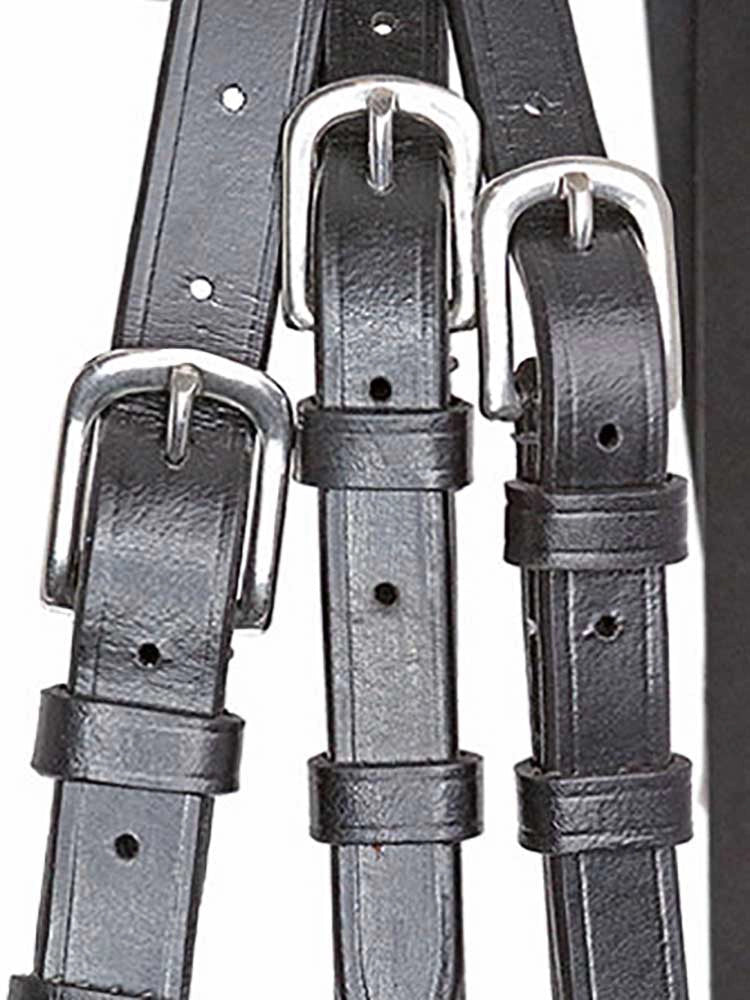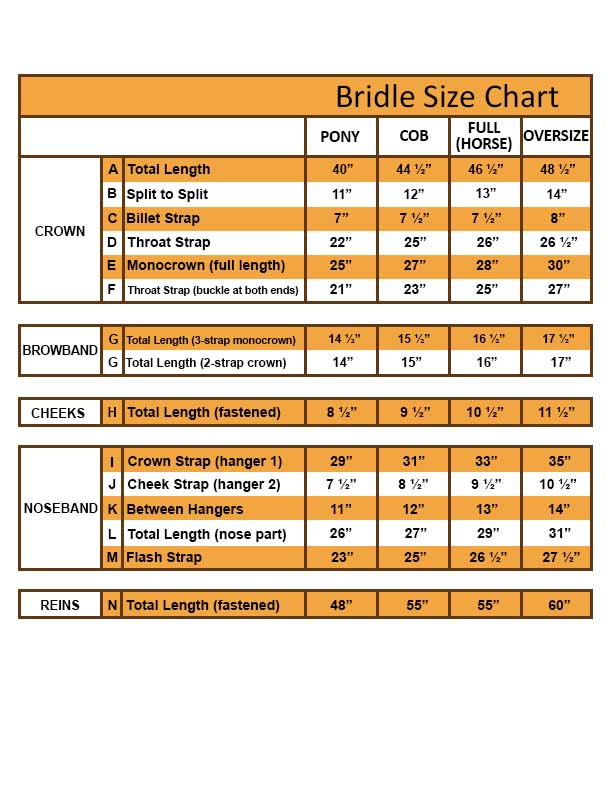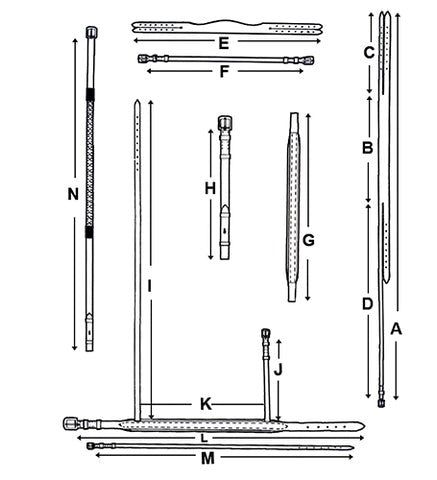Choosing the right pair of horse reins goes beyond personal preference. The reins you select can support your riding technique, improve communication with your horse, and enhance your overall control. Whether you ride for pleasure, on the trail, or in competition, understanding the different types of English horse reins is key to finding the right fit.
What Are Horse Reins?
Horse reins are always sold as a pair because they attach to both sides of the bit and connect at the center with a buckle. This central buckle is practical for riders who use equipment like a running martingale. You can simply unbuckle the reins to feed each one through the martingale rings.
Reins are not one continuous strap. Instead, they are two separate pieces, which is why riding instructors often say, “Shorten your reins.” Learning this structure helps riders choose reins that suit both their discipline and equipment.
Types of English Horse Reins
Laced Reins
Laced reins are one of the most commonly used styles of English horse reins. A narrow piece of leather is braided around the main strap, providing continuous grip and flexibility. Typically measuring 5/8 inches wide, they are comfortable for most riders and are widely used in hunter, jumper, eventing, and pleasure riding disciplines.
The Arnold Square Raised Hunter Bridle from Grewal Equestrian comes with matching Havana brown laced reins, perfect for riders who want both tradition and function.
Plain Leather Reins
Plain leather reins are smooth and simple, often used when riding with two sets of reins. Riders using a double bridle or pelham bit prefer these reins because they allow precise adjustments. The leather easily slides through the rider’s fingers to shorten or lengthen as needed.
Rubber and Rubber-Lined Reins
Rubber reins offer superior grip, especially useful for jumping or riding in wet conditions. Rubber-lined leather reins provide the appearance of classic leather with the added security of grip. The Augusta Figure 8 Bridle includes matching rubber reins and is a great option for event riders who train and compete on varied terrain.
Grewal Equestrian’s Rubber Lined Leather Reins with Stops are ideal for keeping a steady connection and encouraging the horse to stay on the bit.
Web Reins with Stops
Web reins are made of cotton and often feature leather stops to help riders maintain even rein lengths. These are especially popular in dressage.
Match Your Horse Reins to Your Discipline
Different riding disciplines tend to favor specific types of horse reins.
-
Hunter riders prefer laced reins for their traditional appearance and excellent grip
-
Jumpers may choose from rubber, rubber-lined, or cotton web reins for added control during fast-paced rides
-
Dressage riders typically use black reins to match black tack, often choosing leather, rubber, or web reins with stops depending on their personal grip preference
-
Eventers need reins that perform well in all conditions. Rubber reins are a favorite because they maintain grip even when wet
Jockeys also prefer thick rubber reins for racing, valuing control and grip at high speeds. No matter your sport, always consult the official rulebook to ensure your reins meet competition guidelines.
Sizing and Fit for Horse Reins
Most horse reins are sold in horse size, which is 54 inches long. This length suits the average horse and rider. Cob size is about 2 inches shorter and is ideal for horses between 14.2 and 15 hands. Oversize reins are 10 feet long and work best for larger horses or those with long necks.
Rein width also matters. The most common width is 5/8 inch, which fits well in most riders’ hands and provides a secure yet comfortable grip.
How to Hold Horse Reins Correctly
Holding your horse reins properly is essential for effective communication with your horse. A balanced, steady hand improves contact and makes your aids clearer and more precise.
For English riding, the traditional method is to hold the reins with your thumbs on top and your fingers closed gently around the reins. The reins should enter the rider’s hands between the pinky and ring fingers and exit between the thumb and index finger. Your thumbs should rest flat on top, slightly closed, creating a soft fist. This grip helps maintain consistent contact without pulling.
Your hands should stay just above and in front of the saddle, about 8 to 10 inches apart, and slightly angled inward as if you are holding two small mugs. Elbows should remain relaxed at your sides, forming a soft bend to allow natural following motion with your horse’s head.
If you're using double reins, such as with a double bridle or pelham bit, each rein must be held separately. Riders often use the “three-finger” method, holding one rein between the ring and pinky finger and the second rein between the middle and ring finger. It takes practice but allows subtle rein cues for refined control.
Correct rein handling is not just about position but also about feel. Avoid tension and instead aim for a light, elastic contact. Your hands should follow the horse’s movement while maintaining a steady connection.
Do Horse Riders Ever Cross Their Hands While Holding the Reins?
A common question from newer riders is whether it’s ever correct to cross your hands while holding the horse reins. The short answer is no. Crossing your hands is considered a riding fault in English riding and should be avoided.
When riders cross their hands over the horse's neck or in front of the withers, it disrupts the alignment of the reins and affects the horse’s straightness. It can confuse your horse and create imbalance for both of you.
Choosing the Right Horse Reins for You
Your choice of horse reins should reflect your riding goals, discipline, and comfort. Many riders keep one pair of reins for daily training and another set for competitions. The Berlin Dressage Bridle comes with leather reins that have stops, offering a perfect example of reins designed for dressage performance.
Whether you are riding on the trail or in the show ring, the right pair of horse reins helps you ride more confidently and communicate clearly with your horse. Focus on finding reins that match your bridle, suit your hands, and support your riding style.
